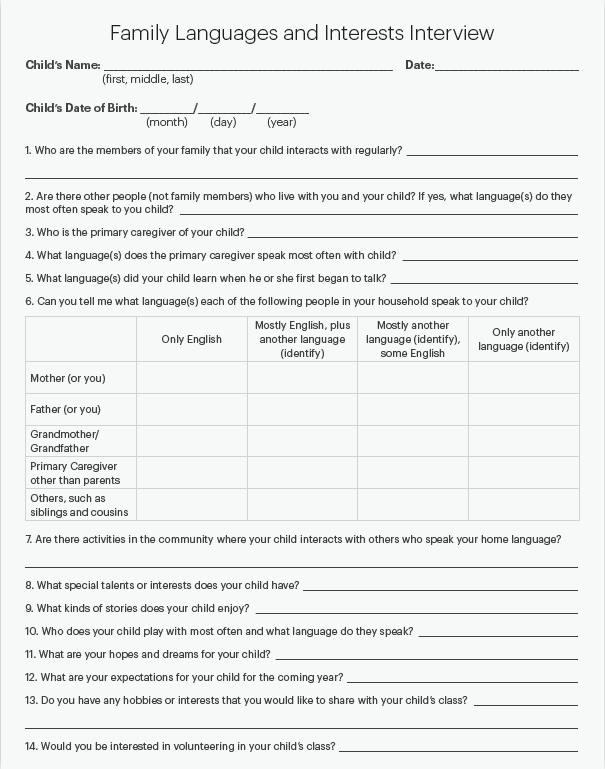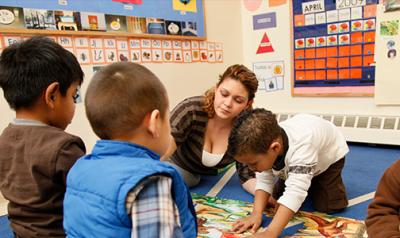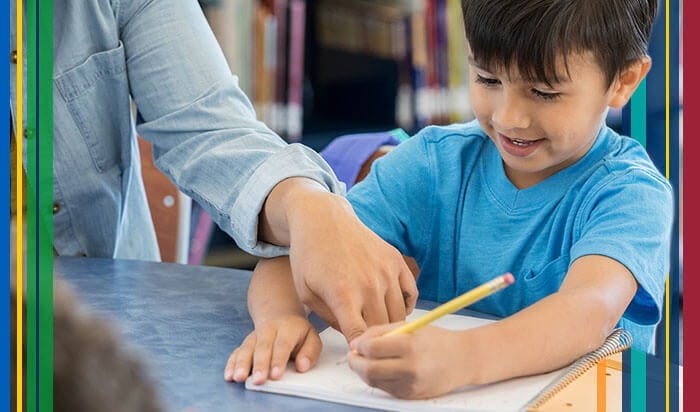What works for teaching children whose home languages are not
Por um escritor misterioso
Descrição
Around 20% of school pupils in England have home languages other than English, yet their teachers feel under-prepared to meet their learning needs.Multilingualism is an asset, but the effort of needing to learn English at the same time as understanding the curriculum in English means that these pupils do not always do as well in school as their monolingual peers. Moreover, funding for teacher development for teaching multilingual pupils is very limited and the National Curriculum in England does not account for multilingual pupils in its guidance.

Many Languages, One Classroom: Supporting Children in Superdiverse Settings

Discovering the Value of Home Languages

Principles of Child Development and Learning and Implications That Inform Practice

Tips for Families: Help Your Child Learn to Read

Building Parent-Teacher Relationships

Classrooms Need to Reflect the Different Home Languages of Students

Response: ELL Students' Home Language Is an Asset, Not a 'Barrier' (Opinion)

Teaching Students with ADHD

Innovative strategies for teaching English language learners

English as an Additional Language explained
de
por adulto (o preço varia de acordo com o tamanho do grupo)







